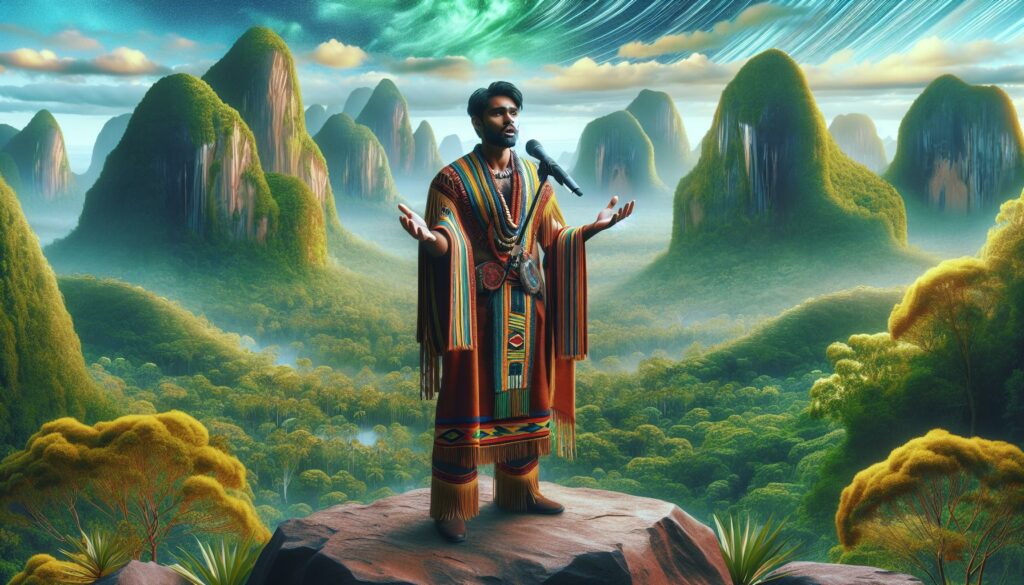Understanding the role of Songmen and Songwomen in Aboriginal folklore unveils a rich tapestry of cultural heritage. These figures aren’t just storytellers—they’re the keepers of tradition, ensuring that ancient songs and stories are passed down through generations.
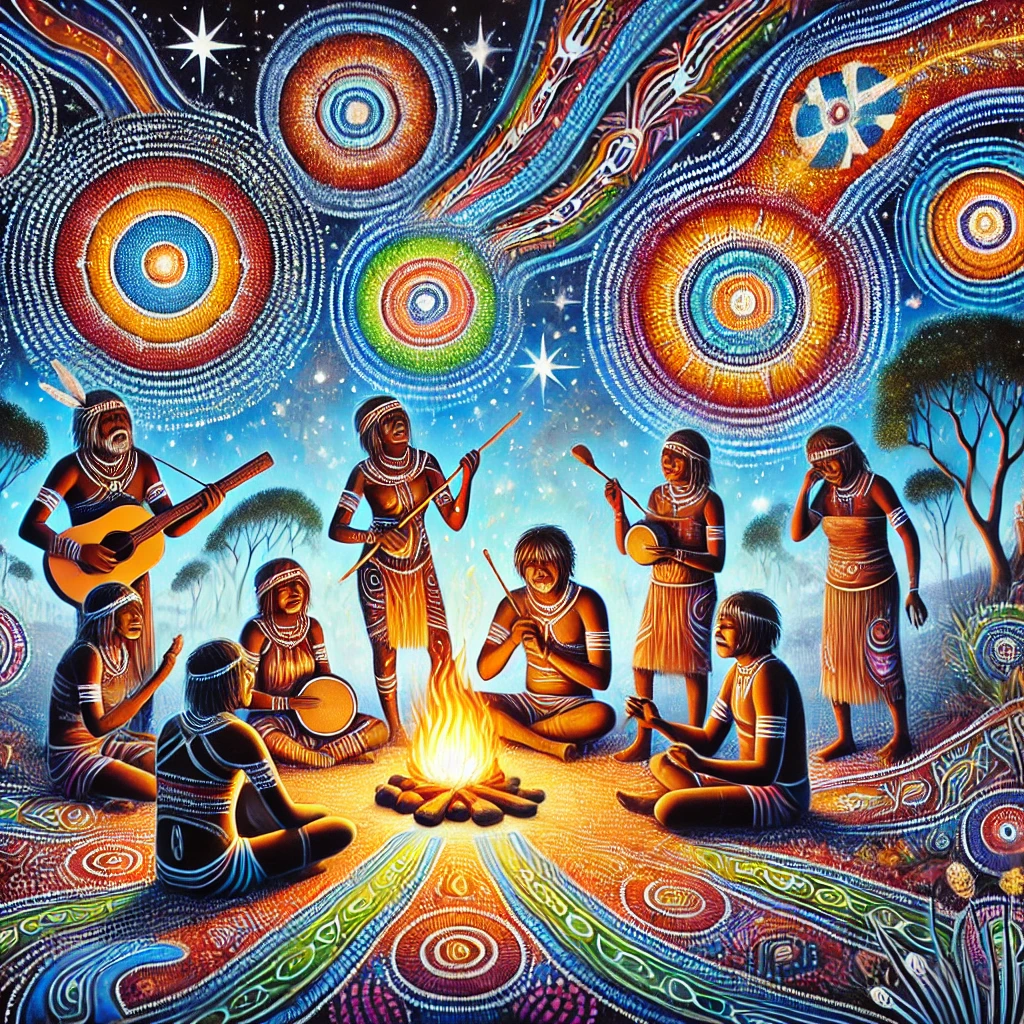
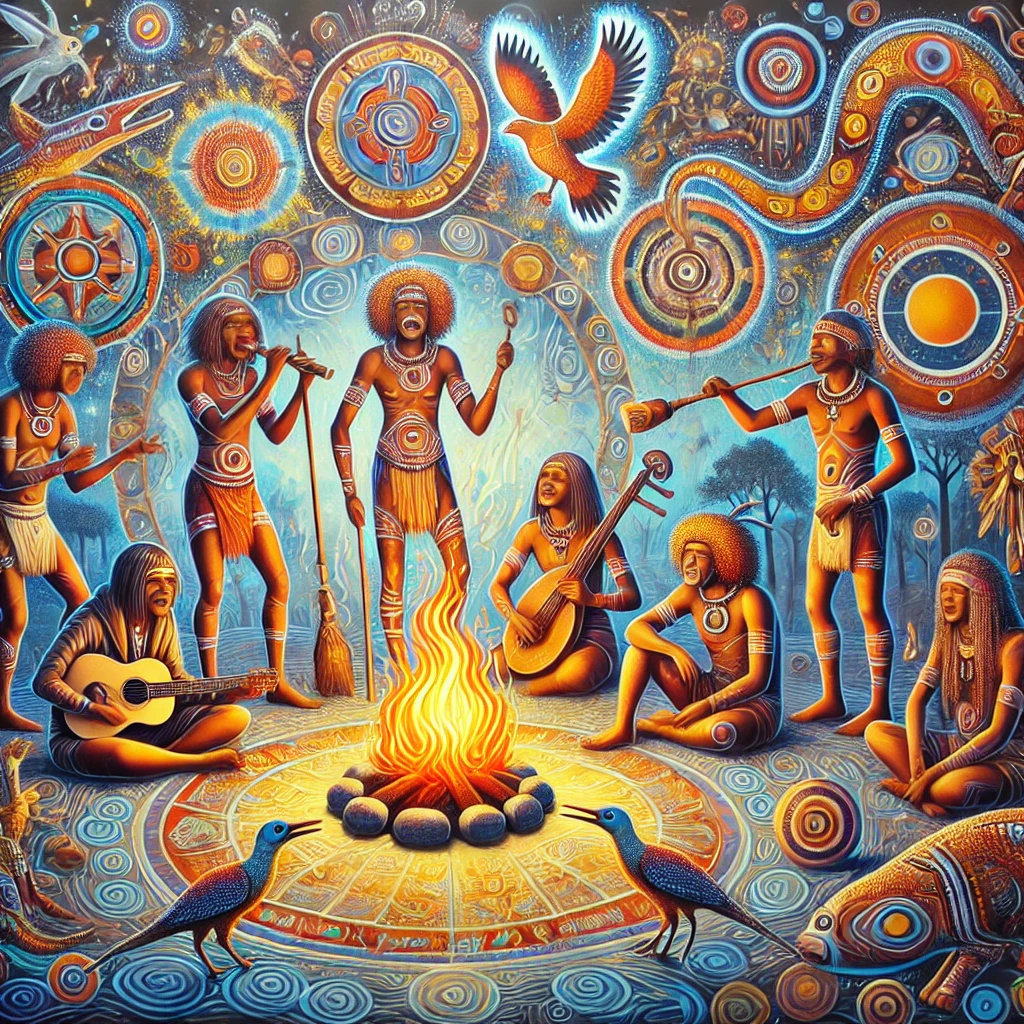
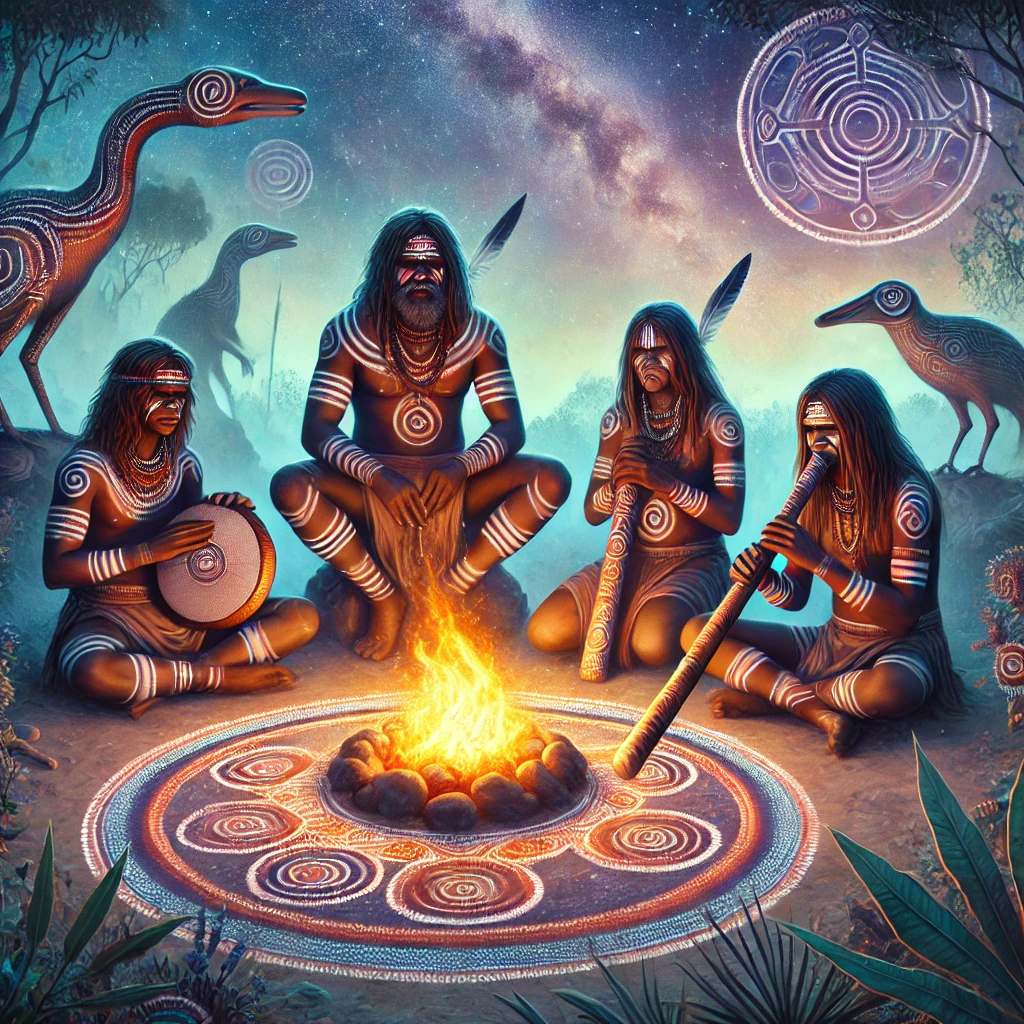
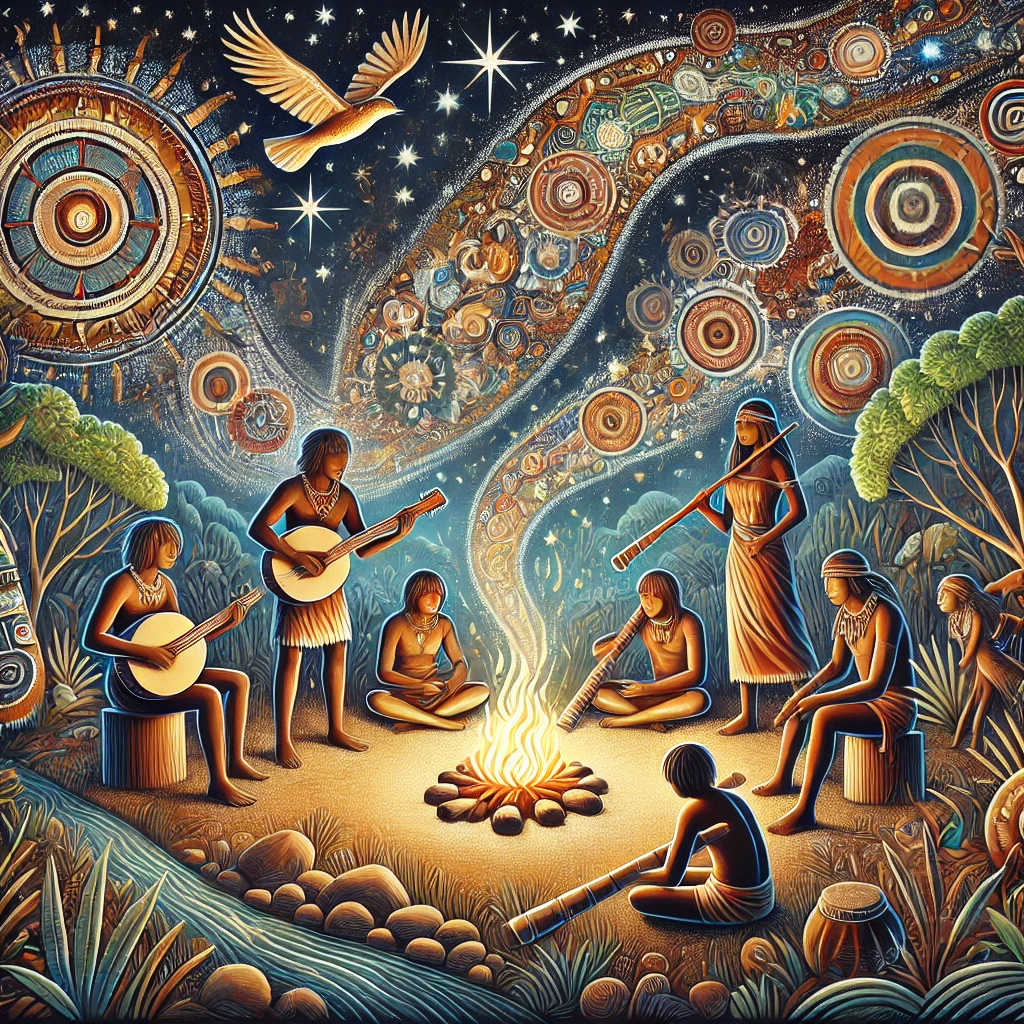
As I explore their significance, I discover how these individuals embody the spirit and wisdom of their communities. From ceremonial gatherings to everyday life, Songmen and Songwomen play a pivotal role in maintaining the continuity and vibrancy of Aboriginal culture.
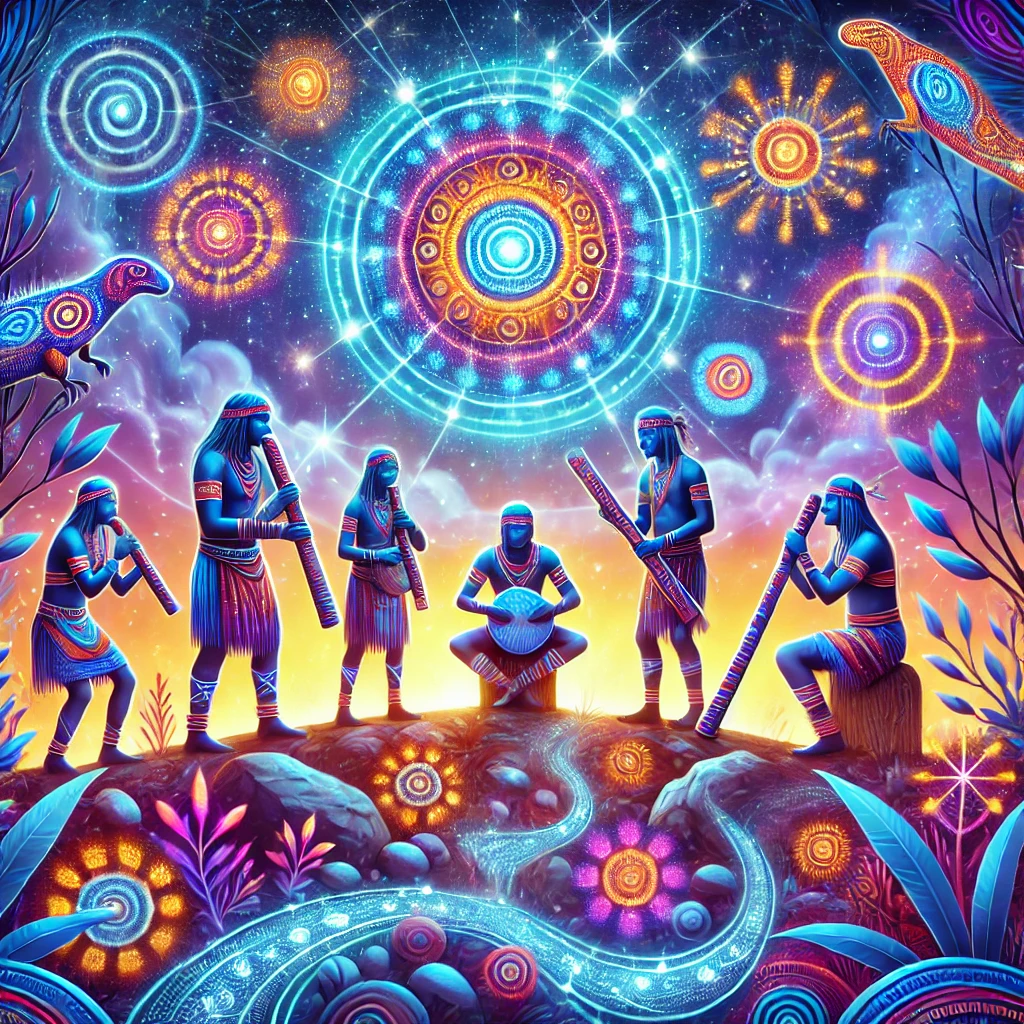
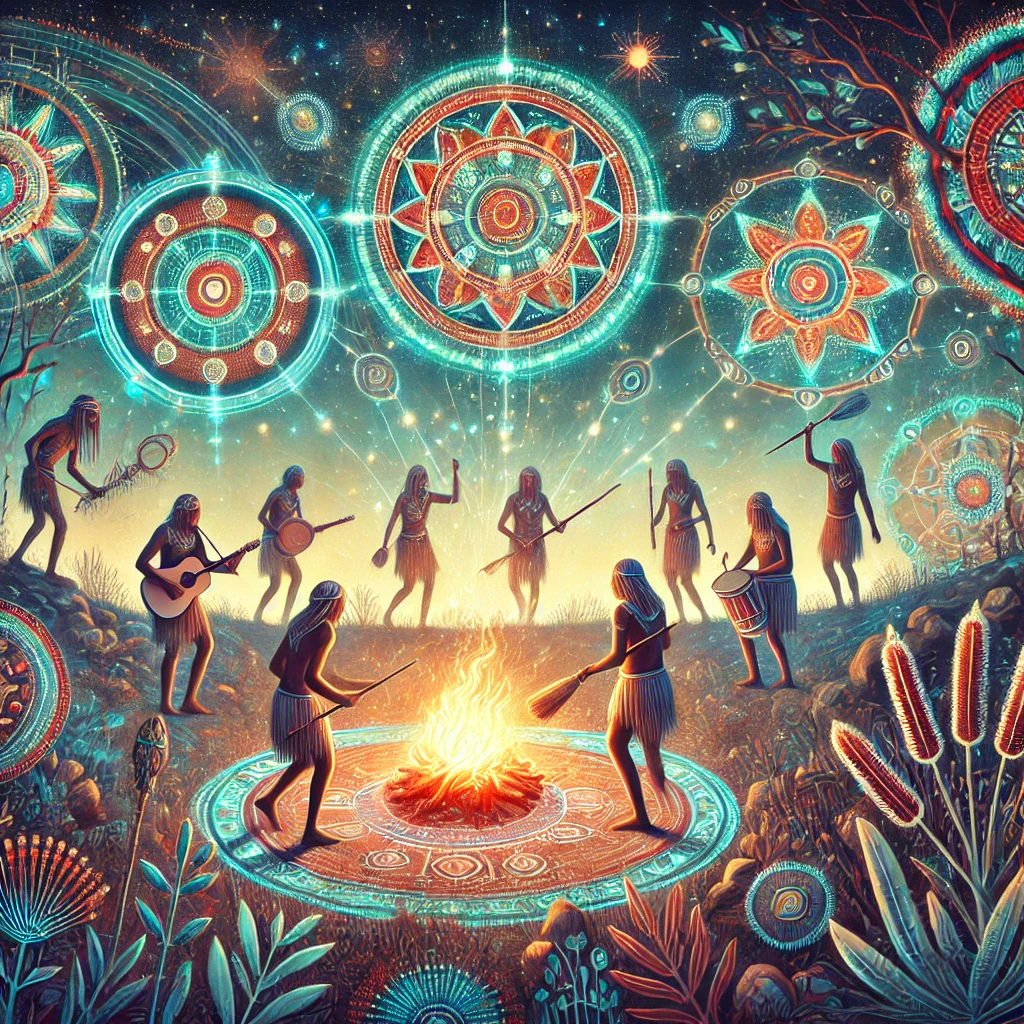
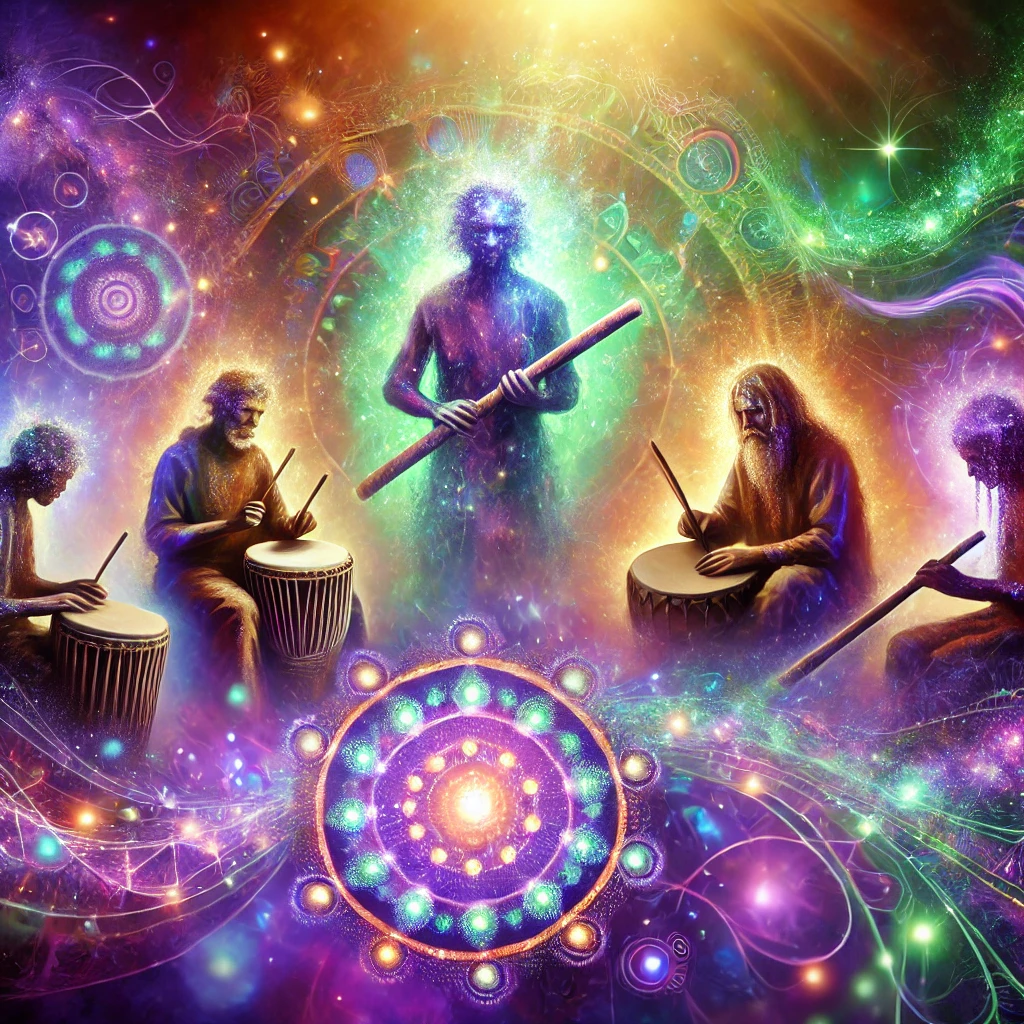
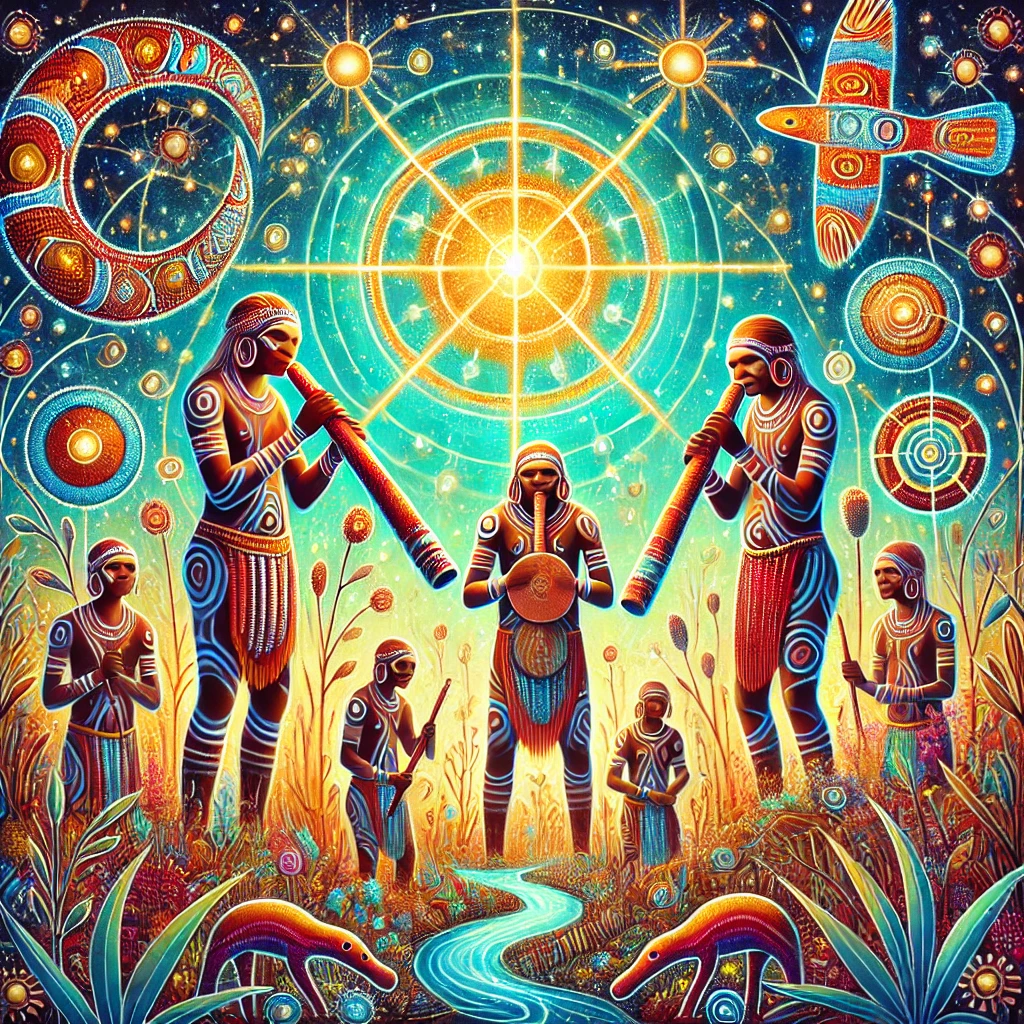
Their songs are more than melodies—they convey laws, histories, and dreams. By delving into their stories, I aim to highlight the invaluable contributions of Songmen and Songwomen to both their communities and the broader understanding of Aboriginal heritage.
Who Are Songmen and Songwomen?
Songmen and Songwomen are pivotal figures in Aboriginal folklore. Songmen, highly respected individuals, create, learn, perform, and preserve songs that depict daily life, the land, Dreamtime, and creation stories. These songs guide Aboriginal tribes across Australia, connecting people with the land, each other, and their ancestors [1][3][5].
- Creating Songs: Composing new melodies that reflect both contemporary experiences and traditional narratives.
- Performing Songs: Leading choruses and showcasing vocal abilities during ceremonies and gatherings.
- Preserving Songs: Learning and maintaining ancestral songs to ensure they are passed down to future generations.
- Guiding Tribes: Using songs to direct and unify communities, fostering a deep connection with the land and each other.
Songwomen, though less prominent, also contribute significantly by preserving and performing songs that support the cultural and spiritual life of their communities. The songs they perform are integral to the Songlines, which are spiritual pathways embodying the land, people, and culture. These Songlines play a crucial role in the spiritual well-being of Aboriginal Australians.
Historical Context
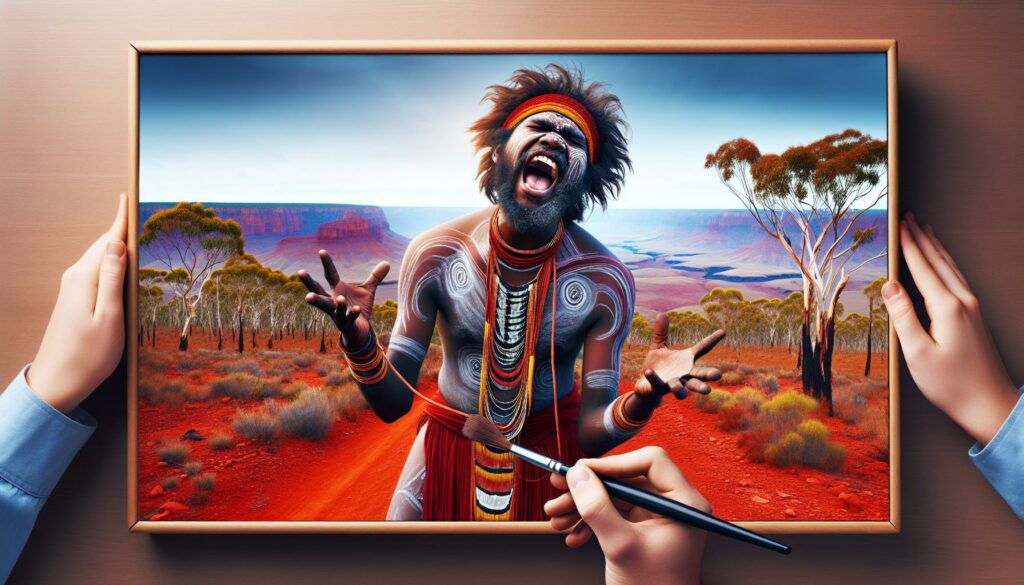
Songmen and Songwomen have played a vital role in Indigenous Australian societies for generations. They preserve and transmit cultural, spiritual, and historical knowledge through their songs.
Origins in Aboriginal Culture
Songmen originated as esteemed custodians of songlines within Aboriginal culture. I recognize that they created, learned, and performed songs that narrate creation stories and ancestral connections. These songs link communities to the land, fostering a deep sense of identity and spiritual belonging.
Evolution Over Time
Over time, the role of Songmen has adapted to incorporate contemporary practices while maintaining traditional elements. I observe that Songmen engage with broader communities, utilizing modern platforms to share their songs. This evolution ensures that cultural heritage remains dynamic and accessible to younger generations.
Roles and Responsibilities
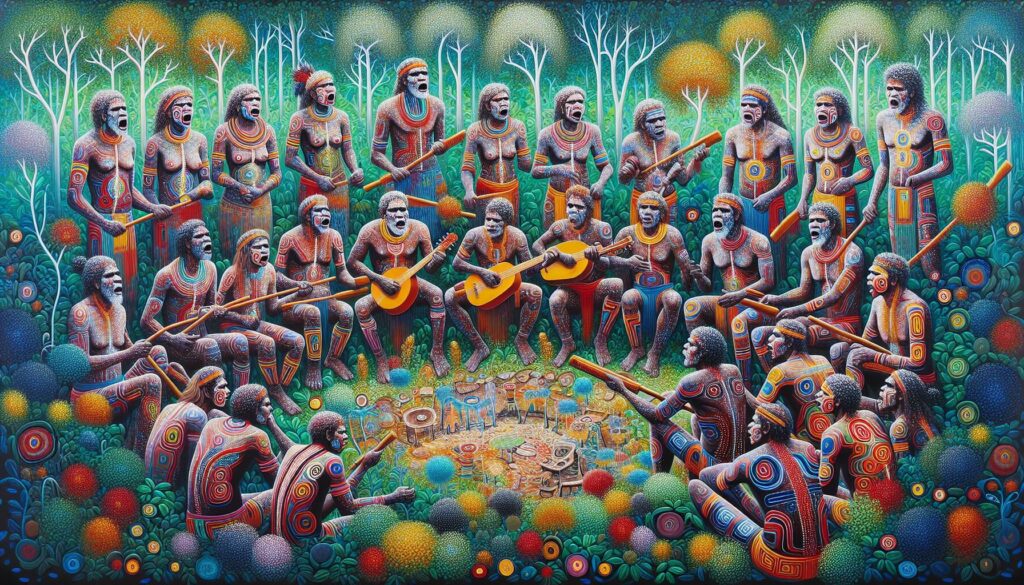
As a Songman, my duties encompass preserving and transmitting our cultural heritage through song. I ensure that each melody and lyric accurately reflects our traditions and beliefs.
Cultural Significance
Songmen hold a pivotal role in maintaining the cultural fabric of Aboriginal communities. Our songs narrate the Dreamtime stories, detailing the creation of the land and its inhabitants. These songs serve as a living record, preserving laws, histories, and spiritual beliefs. By performing and teaching these songs, I connect current generations with their ancestors, fostering a strong sense of identity and continuity. Additionally, our music reinforces social structures and community values, ensuring that cultural knowledge remains intact and respected.
Rituals and Practices
Daily life and ceremonial events rely heavily on the practices of Songmen. I compose and perform songs during initiation rites, weddings, and harvests, each tailored to the specific occasion. These rituals often involve intricate dance and storytelling, guided by the rhythms and lyrics of our songs. Songlines, which map our ancestral pathways, are activated through these performances, linking us to sacred sites and the spiritual world. Furthermore, I collaborate with other Songmen and Songwomen to create new compositions, adapting traditional forms to contemporary contexts while maintaining their original significance.
Representation in Folklore
Songmen and Songwomen hold esteemed positions in Aboriginal folklore, embodying the cultural and spiritual essence of their communities. Their roles are deeply intertwined with the preservation and transmission of ancestral knowledge through song.
Stories and Legends
Songlines serve as Creation narratives that traverse Aboriginal lands, providing meaning to various sites and stories. These songlines recount the journeys of ancestral beings, detailing their interactions with the landscape. Each songline maps a specific route across the country, linking sacred sites and ensuring the continuity of cultural heritage. For example, the Rainbow Serpent songline narrates the serpent’s creation of rivers and mountains, guiding the community’s understanding of their environment and spiritual connections.
Symbolism and Meaning
Songmen symbolise the guardians of cultural memory and spiritual wisdom. Their songs encapsulate laws, histories, and Dreamtime stories, acting as living records that connect present generations with their ancestors. By performing these songs during ceremonies and daily activities, Songmen reinforce community values and spiritual beliefs. Additionally, Songwomen contribute by maintaining and performing complementary songs, ensuring a balanced transmission of knowledge. The symbolism of Songmen and Songwomen extends to their role in navigating the spiritual pathways of the land, reinforcing the intricate relationship between people, place, and tradition.
Contemporary Perspectives
Contemporary Songmen and Songwomen continue to uphold their cultural responsibilities while embracing modern influences. They navigate the balance between traditional practices and evolving artistic expressions, ensuring that Aboriginal folklore remains relevant today.
Modern Interpretations
Modern Songmen and Songwomen incorporate contemporary music styles and technology into their performances. They collaborate with artists from diverse genres, blending traditional melodies with electronic, rock, and pop elements. This fusion attracts younger audiences, fostering a deeper connection to cultural heritage. Additionally, digital platforms enable them to reach a global audience, promoting Indigenous stories and perspectives worldwide.
Preservation of Traditions
Preserving traditions remains a core focus for contemporary Songmen and Songwomen. They engage in mentorship programs, training the next generation in the art of song creation and performance. Recording and archiving traditional songs ensure their longevity and accessibility. Community workshops and educational initiatives further reinforce the transmission of cultural knowledge, safeguarding Aboriginal folklore for future generations.
Key Takeaways
- Custodians of Heritage: Songmen and Songwomen play a crucial role in preserving and transmitting traditional Aboriginal songs and stories across generations.
- Cultural and Spiritual Significance: Their songs encompass laws, histories, Dreamtime narratives, and spiritual beliefs, fostering deep connections with the land and community.
- Role in Ceremonies and Daily Life: They are pivotal in ceremonies and everyday activities, ensuring the continuity and vibrancy of Aboriginal culture through their performances.
- Adaptation to Modern Contexts: Songmen and Songwomen have embraced contemporary music styles and technology, engaging younger audiences and expanding their cultural reach.
- Guardians of Songlines: They maintain Songlines, the spiritual pathways that map ancestral routes, reinforcing community identity and spiritual wisdom.
- Balancing Tradition and Innovation: Today’s Songmen and Songwomen balance the preservation of traditions with innovative approaches, using mentorship and digital platforms to safeguard and promote Aboriginal folklore globally.
Conclusion
Understanding Songmen and Songwomen deepens my appreciation for Aboriginal culture. Their dedication ensures that traditions and stories remain vibrant and alive. It’s inspiring to see how they blend ancient wisdom with modern expressions, making their heritage accessible to everyone. Supporting and respecting their work helps preserve a rich cultural legacy for generations to come.
Frequently Asked Questions
Who are Songmen and Songwomen in Aboriginal folklore?
Songmen and Songwomen are esteemed custodians of Aboriginal culture who preserve and transmit ancient songs and stories. They play a crucial role in maintaining traditions, embodying the spirit and wisdom of their communities through their musical performances. Their songs serve as vessels for laws, histories, and Dreamtime stories, ensuring that cultural heritage is passed down to future generations.
What roles do Songmen play in Aboriginal communities?
Songmen create, learn, perform, and preserve songs that reflect daily life, the land, Dreamtime, and creation stories. They guide communities through music, fostering connections with the land, each other, and their ancestors. Songmen are involved in both ceremonial events and everyday life, composing songs for rituals and activating Songlines that link to sacred sites.
How do Songmen preserve Aboriginal traditions?
Songmen preserve traditions by maintaining and transmitting cultural heritage through song. They ensure that melodies and lyrics accurately reflect ancestral beliefs and practices. By performing traditional songs and creating new compositions that adapt to contemporary contexts, Songmen keep Aboriginal folklore alive and accessible to younger generations.
What is the significance of Songlines?
Songlines are spiritual pathways that embody the land, people, and culture of Aboriginal Australians. They serve as Creation narratives that traverse the landscape, linking sacred sites and ensuring the continuity of cultural heritage. Songlines are essential for the spiritual well-being of communities, guiding their connection to the land and reinforcing their identity.
How have the roles of Songmen and Songwomen evolved over time?
Songmen and Songwomen have adapted to incorporate contemporary practices while maintaining traditional elements. They engage with broader communities and use modern platforms to share their songs, blending traditional melodies with electronic, rock, and pop styles. This evolution ensures that Aboriginal folklore remains relevant and accessible to new generations while preserving its core values.
What is the cultural importance of Songmen’s songs?
Songmen’s songs narrate Dreamtime stories and serve as living records of laws, histories, and spiritual beliefs. They connect current generations with their ancestors, reinforce community values, and preserve essential aspects of Aboriginal culture. These songs play a vital role in both daily life and ceremonial events, maintaining the cultural and spiritual fabric of the community.
How do Songwomen contribute to Aboriginal culture?
Songwomen maintain and perform songs that support the cultural and spiritual life of their communities. They play a crucial role in upholding Songlines and ensuring the transmission of traditional knowledge. Although often less prominent than Songmen, Songwomen are essential in preserving and adapting songs to contemporary contexts, fostering cultural continuity.
How do contemporary Songmen and Songwomen engage with modern technology?
Contemporary Songmen and Songwomen incorporate modern music styles and technology into their performances, collaborating with artists from diverse genres. They use digital platforms to reach global audiences, promoting Indigenous stories and perspectives worldwide. This fusion of traditional and modern elements helps attract younger audiences and keeps Aboriginal folklore dynamic and relevant.
What efforts are being made to preserve the traditions of Songmen and Songwomen?
Efforts to preserve traditions include mentorship programmes that train the next generation in song creation and performance, recording and archiving traditional songs, and conducting community workshops and educational initiatives. These initiatives ensure the longevity and accessibility of Aboriginal folklore, safeguarding cultural knowledge for future generations.
Author

Josh Morley holds a Bachelor’s degree in Theology from the Trinity School of Theology and a Diploma in Theology from the Bible College of Wales. His academic journey involved interfaith community projects and supporting international students, experiences that shaped his leadership and reflective skills. Now based in Liverpool, Josh is also the founder of Marketing the Change, a digital agency specializing in web design and marketing.
View all posts

